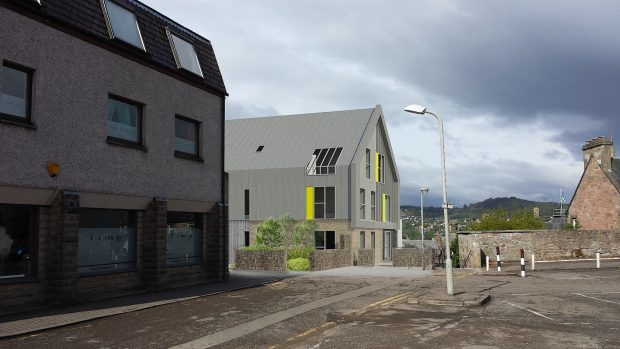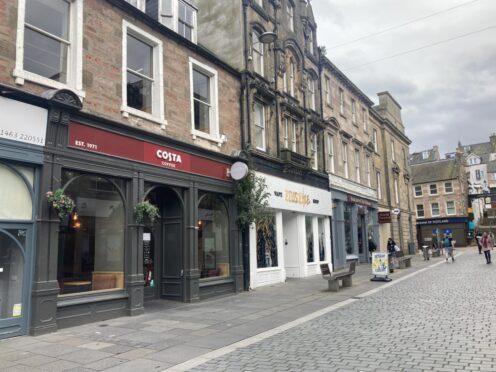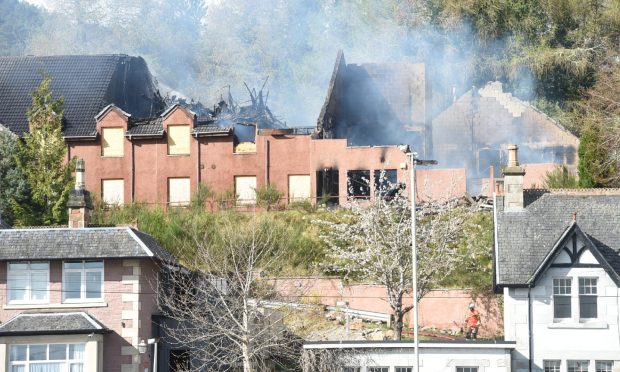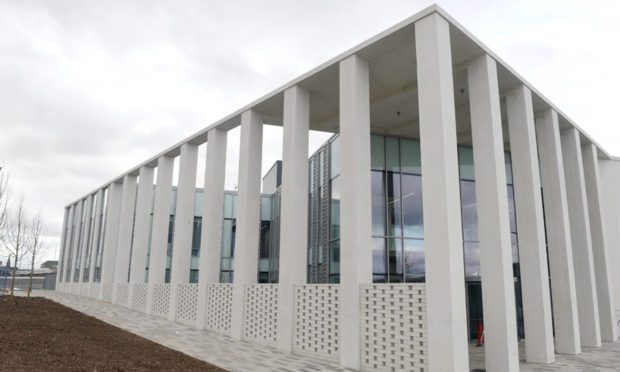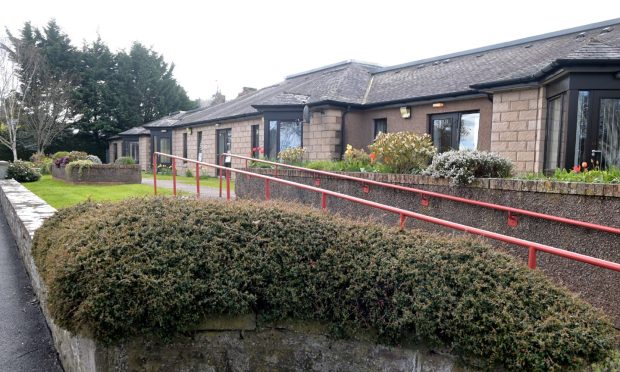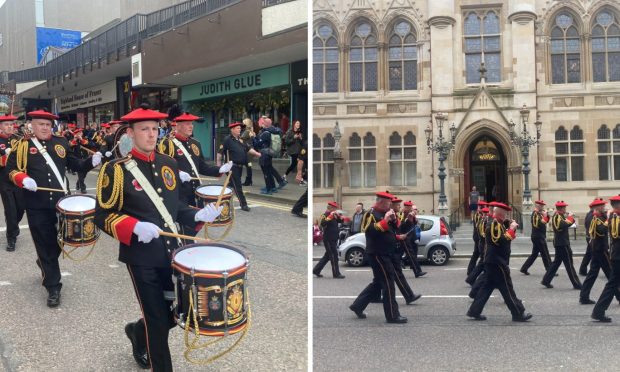Hidden secrets from medieval Inverness could be unearthed if a housing plan near the city centre is given the go ahead.
Archaeologists have asked to be given a watching brief at the Raining’s Stairs if Inverness builder William Gray Construction is given permission to build flats on the currently derelict site.
A previous small-scale investigation of the area in 1993 discovered evidence of a series of timber buildings, thought to date back to the 14th or 15th century.
Records held by Highland Council’s historic environment team also contain reference to a stone “sarcophagus” being discovered close to the stairs some time in the 1980s.
A planning application was submitted for the flats to renovate the derelict site in the summer – and the council archaeologists have now requested permission to study the site for any other historical finds.
The developer, who recently completed a similar residential project on Academy Street, said they have appointed an archaeologist to the project themselves and insisted that they do no anticipate any delays.
Managing director Willie Gray said: “We’re perfectly content with the response on archaeology and not surprised, given it’s a city centre site.
“We have already appointed an archaeologist and taken their advice.
“They will continue with a watching brief going forward.
“This is a similar position to what happened on the Academy Street site we developed recently and we don’t anticipate it will cause any delays.”
The site lies within the historical centre of Inverness, increasing the chance of historically significant finds.
A spokeswoman for Highland Council said that the 1993 excavation was “limited in scale” and as a result other items may be undiscovered in the area and could be impacted by development.
She added: “As is standard in such cases, the council’s historic environment team has recommended that an archaeological evaluation is carried out in advance of any development here so that the survival and extent of any surviving historic remains can be assessed and an appropriate mitigation strategy put in place.
“Dependent on the results of the evaluation, further study may be required in advance of, and during, construction works.”
The £3million housing project would involve the construction of 18 flats on land next to the Raining’s Stairs.
The steeply sloping stairs which link Ardconnel Street and Castle Street would also be repaired and upgraded as part of the project.
